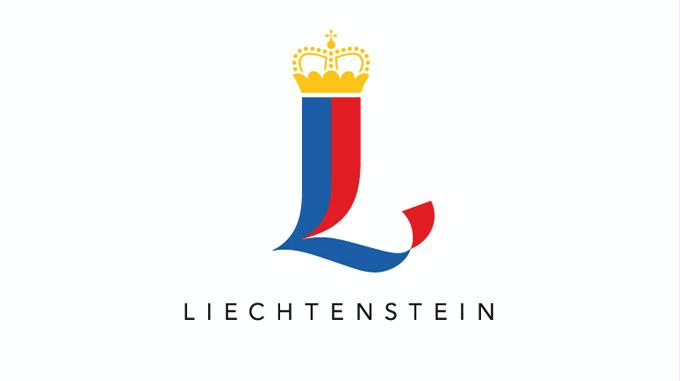The Principality of Liechtenstein was established within the Holy Roman Empire in 1719. Occupied by both French and Russian troops during the Napoleonic Wars, it became a sovereign state in 1806 and joined the Germanic Confederation in 1815. Liechtenstein became fully independent in 1866 when the Confederation dissolved. Until the end of World War I, it was closely tied to Austria, but the economic devastation caused by that conflict forced Liechtenstein to enter into a customs and monetary union with Switzerland. Since World War II (in which Liechtenstein remained neutral), the country's low taxes have spurred outstanding economic growth. In 2000, shortcomings in banking regulatory oversight resulted in concerns about the use of financial institutions for money laundering. However, Liechtenstein implemented anti-money laundering legislation and a Mutual Legal Assistance Treaty with the US that went into effect in 2003.
Liechtenstein is a constitutional monarchy.
Source: CIA World Factbook
Members:
Resources
Displaying 21 - 25 of 29Building Ordinance.
The present Ordinance implements the Building Act of 11 December 2008. In particular, the Ordinance regulates: a) zoning, land use planning; b) legal building requirements; c) building permission and notification procedures; d) data to be collected for building statistics; e) fees. The text consists of 70 articles divided into 6 Parts as follows: General provisions (I); Planing rights (II); Building rights (III); Final provisions (VI). Four Annexes are enclosed.
Spatial Information Infrastructure Ordinance.
The present Ordinance implements the Spatial Information Act of 15 December 2010.The Ordinance regulates the levying of fees for use of spatial information of the “Geo-Data Infrastructure Liechtenstein”. The text consists of 13 articles divided into 3 Parts as follows: General provisions (I); Fees (II); Transitional and final provisions (III).
Implements: Spatial Information Act. (2010-12-15)
Official Land Survey Ordinance.
The present Ordinance implements the Land Survey Act of 19 May 2005. Article 1 establishes that the government shall allocate the works of the official land survey and define the rights and obligations of the surveyors. The Construction and Infrastructure Office shall be the competent authority according to article 3 of the afore-mentioned Act.
Ordinance on official land valuation.
The present Ordinance lays down provisions relating to official real estate valuation. The Ordinance shall apply to official estimate of land, in particular to: a) establishment of liens, b) monitoring of adequate insurance coverage of buildings against fire and natural hazards. The text consists of 49 articles divided into 6 Parts as follows: General provisions (I); Estimation rules and estimate values (II); Organization and competence (III); Procedure (IV); Legal remedies (V); Compensation and costs (VI).
Land Transaction Act.
The objective of the present Act is to safeguard the public interest on the occasion of transfer of land or parts thereof to guarantee an even distribution of land throughout the national territory. The text consists of 38 articles divided into8 Parts as follows: General provisions and definition of terms (I); Subject to authorization (II); Conditions and requirements (III); Land transaction authorities (IV); Procedure (V); Civil liability (VI); Penalties (VII); Transitional and final provisions (VIII).
Implemented by: Land Transaction Ordinance. (2013)


